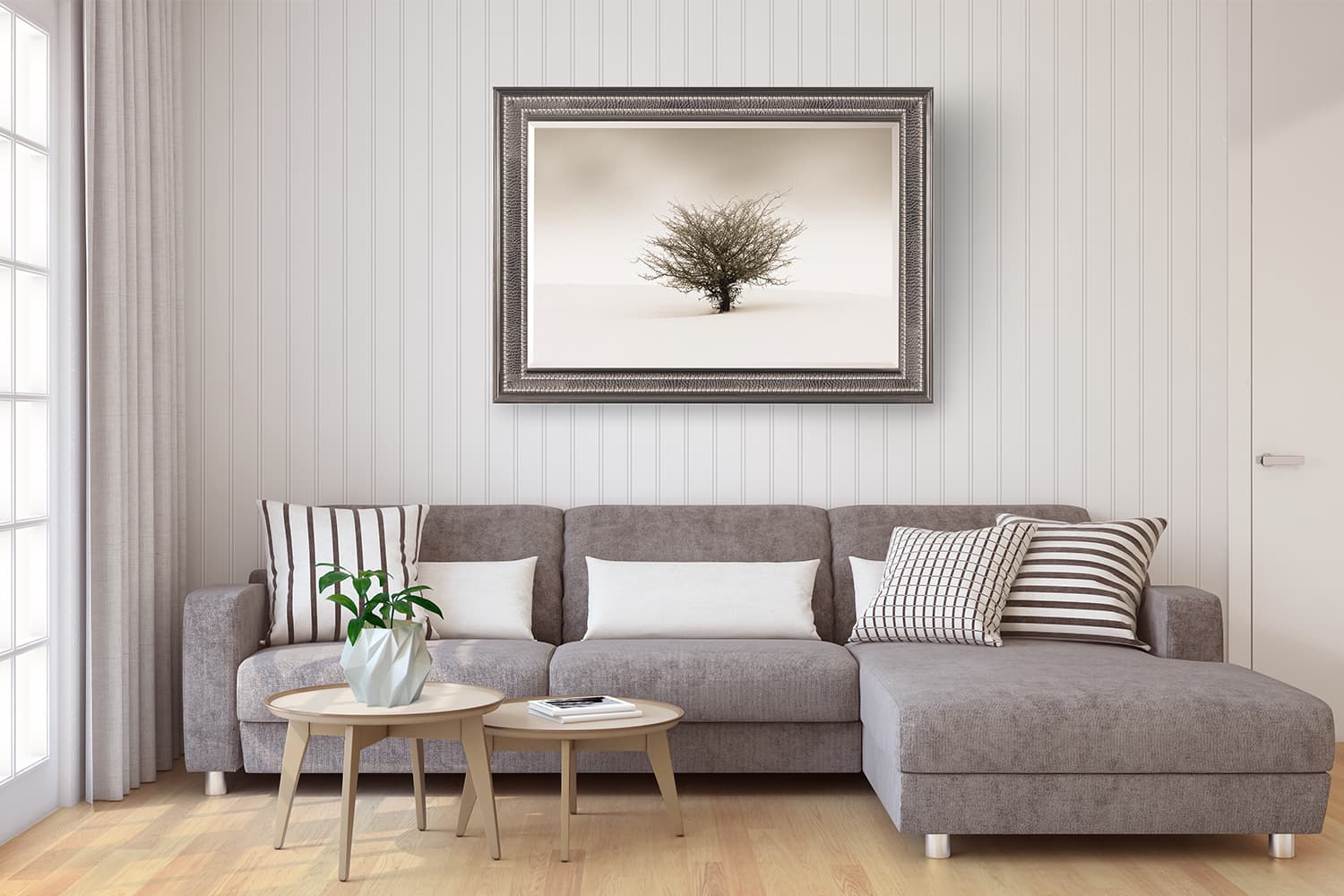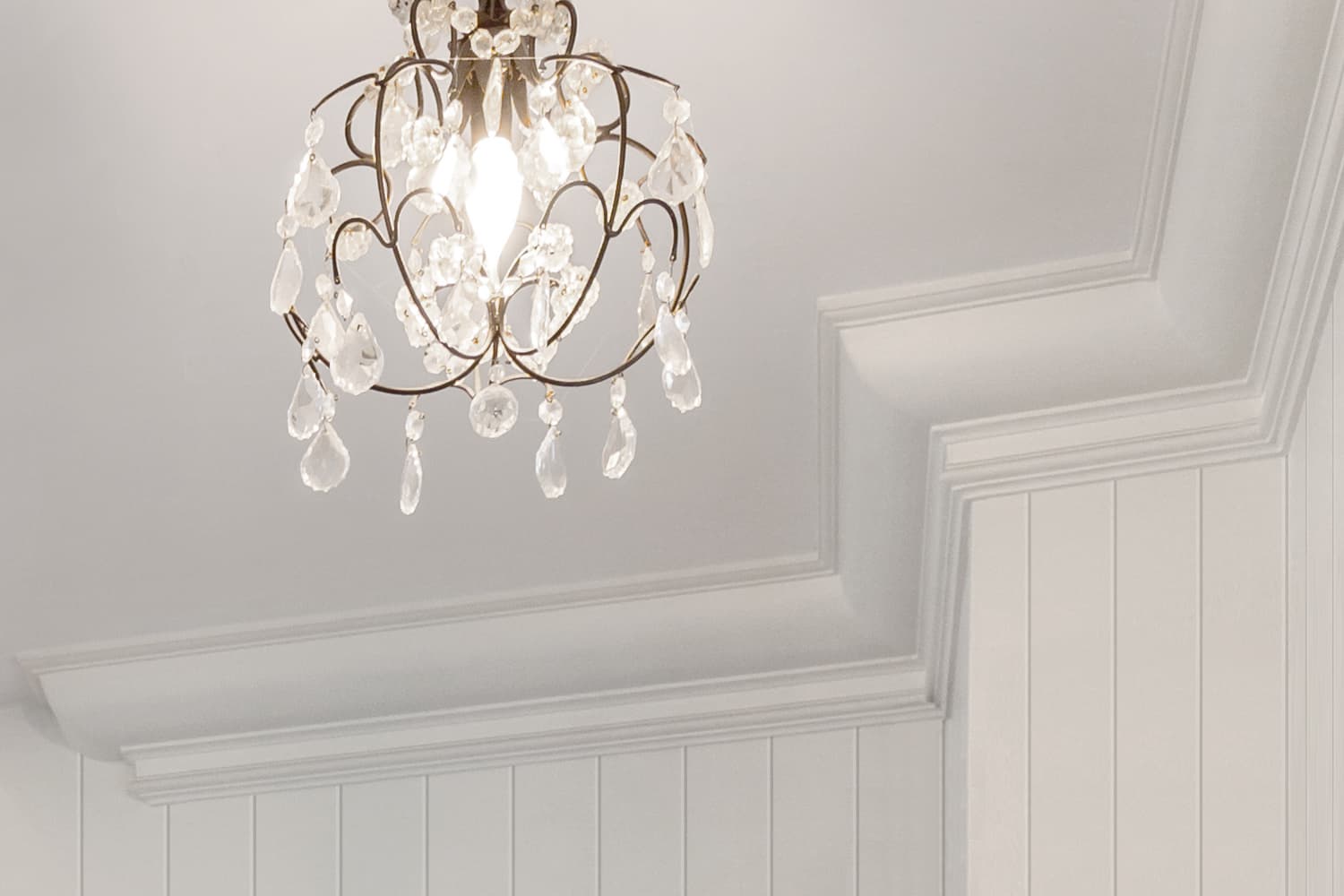Combining Traditional and Modern Styles with Wall Panelling
Wall panelling has been a timeless design element, bringing depth, texture, and character to interiors for centuries. While traditionally associated with classic and period-style homes, modern advancements in materials and design have made it possible to blend wood wall panelling seamlessly into contemporary spaces.
Understanding Traditional Wall Panelling
Classic wall panels are known for their detailed craftsmanship and rich textures. Styles such as wainscoting, beaded panels, and half-wall panelling have been used for generations to add warmth and sophistication to interiors. Traditionally, these wood-paneled walls were made from solid timber, finished in natural wood tones, and paired with decorative elements like crown moulding and window frames.
Benefits of Wall Panelling
Wall panelling does far more than just look good—it’s a functional design feature that enhances the comfort, durability, and usability of a space. Whether you’re restoring a period home or adding warmth to a modern interior, wall panelling offers several practical advantages:
Durability That Stands the Test of Time
Walls take a beating—especially in high-traffic areas like hallways, entryways, and living rooms. Panelling adds an extra layer of protection, shielding walls from scuffs, dents, and everyday wear and tear. Unlike standard painted walls, which can easily mark and chip, panelling provides a tough, long-lasting surface that holds up well over time.
Improved Insulation for a More Comfortable Home
Beyond aesthetics, wall panelling can enhance your home’s insulation, helping to regulate indoor temperatures. Timber, MDF, and other panelling materials create a barrier that retains warmth in winter and keeps the heat out in summer. This not only improves comfort but can also lead to energy savings by reducing the need for excessive heating and cooling.
Acoustic Benefits for a Quieter Space
Open-plan living is a hallmark of modern homes, but it can come with one major downside—noise. Hard surfaces reflect sound, making large spaces feel loud and echoey. Wall panelling helps absorb sound waves, reducing echo and creating a softer, quieter atmosphere. This makes it a great addition to media rooms, home offices, and any space where acoustics matter.
Low-Maintenance and Long-Lasting
Unlike painted walls, which require regular touch-ups and cleaning, wall panelling is designed for longevity. Many panelling options are moisture-resistant, making them ideal for kitchens and bathrooms where humidity can be an issue. A quick wipe-down is often all that’s needed to keep panels looking fresh, making them a practical choice for busy households.
Tips for Blending Traditional and Modern Wall Panelling
Blending traditional and modern styles in your home doesn’t mean you have to compromise on character or warmth. The key is in the details—how you use colour, profiles, and materials to create a balance between old-world charm and contemporary simplicity.
Wall panelling offers a unique opportunity to bridge these styles, allowing you to maintain a sense of history while embracing modern design trends. Whether you’re working with an existing heritage aesthetic or starting fresh with a contemporary space, here are some wall panelling ideas to modernise classic panelling without losing its timeless appeal.
Play with Colour for Instant Character
Traditionally, classic wall panels are finished in soft neutrals or crisp whites, reinforcing a classic, understated look. But in modern interiors, colour can be used to make a bold statement. A deep navy blue or charcoal wood wall panelling feature can create a striking contrast against lighter furnishings, adding a layer of depth and drama to a space.
If a softer, more organic feel is preferred, natural wood tones offer warmth and texture while complementing a minimalist or Scandinavian-inspired design. The right colour choice can elevate the wall panelling, transforming it from a background detail into a defining feature of the room.
Experiment with Panel Profiles
Classic panelling designs tend to have intricate details, but a modern approach often leans towards cleaner, sleeker profiles. Vertical wood panelling, for example, adds height to a space by drawing the eye upward, making rooms feel more expansive. This effect is particularly useful in homes with lower ceilings, where vertical lines help create the illusion of added height.
Simple, geometric panel profiles also work well in contemporary settings, as they retain the texture and depth of traditional panelling without feeling overly ornate.
Mix Materials for a Contemporary Edge
Traditional wood panelling remains a popular choice for its timeless appeal, but modern homes often incorporate alternative materials like MDF for a more refined, seamless look.
Painted MDF panelling can provide a crisp, uniform finish, while worn wood panelling adds character and texture, making a space feel lived-in and inviting. By combining materials, you can create a design that merges traditional craftsmanship with modern practicality, offering the best of both worlds.
Use Vertical Lines for Height and Drama
Half-wall panelling has long been a staple in traditional interiors, but for a more dramatic impact, consider extending the panelling to cover an entire wall beneath a chair rail or decorative moulding. This creates a sense of continuity while maintaining a classic aesthetic.
Vertical panelling is particularly effective in adding visual height to a room, making ceilings appear taller and spaces feel more open. Whether used in an entryway, dining room, or bedroom, this technique adds a structured, elegant look that works across different design styles.
Contrast with Modern Furnishings
One of the easiest ways to bring traditional panelling into a modern space is by carefully curating the surrounding decor. Classic wall panels paired with sleek, minimalist furniture, contemporary artwork, and statement lighting can create a dynamic contrast that feels intentional and well-balanced.
The interplay between old and new elements prevents the room from feeling stuck in one era, instead offering a curated and layered aesthetic that feels fresh and inviting.
Create Seamless Transitions Between Spaces
Wall panelling can act as a unifying design element, tying together different areas of a home. Using consistent panelling styles in hallways, living spaces, and bedrooms helps maintain a cohesive look, even if the colour or finish is adjusted to suit each room’s purpose.
This approach ensures that traditional panelling doesn’t feel out of place in a contemporary home but instead serves as a link between classic and modern elements.
Final Thoughts
Blending traditional and modern styles with wall panelling allows you to create a home that is both stylish and full of character. By choosing the right materials, colours, and profiles, you can achieve a look that respects heritage while embracing contemporary aesthetics.
Whether you’re restoring a period home or adding warmth to a modern space, Colonial Wall Linings offers a range of high-quality wall panelling options to bring your vision to life. Contact us today to explore the perfect panelling solution for your home.




